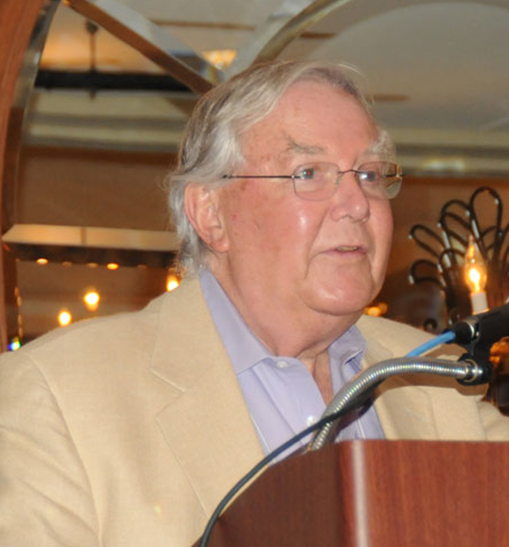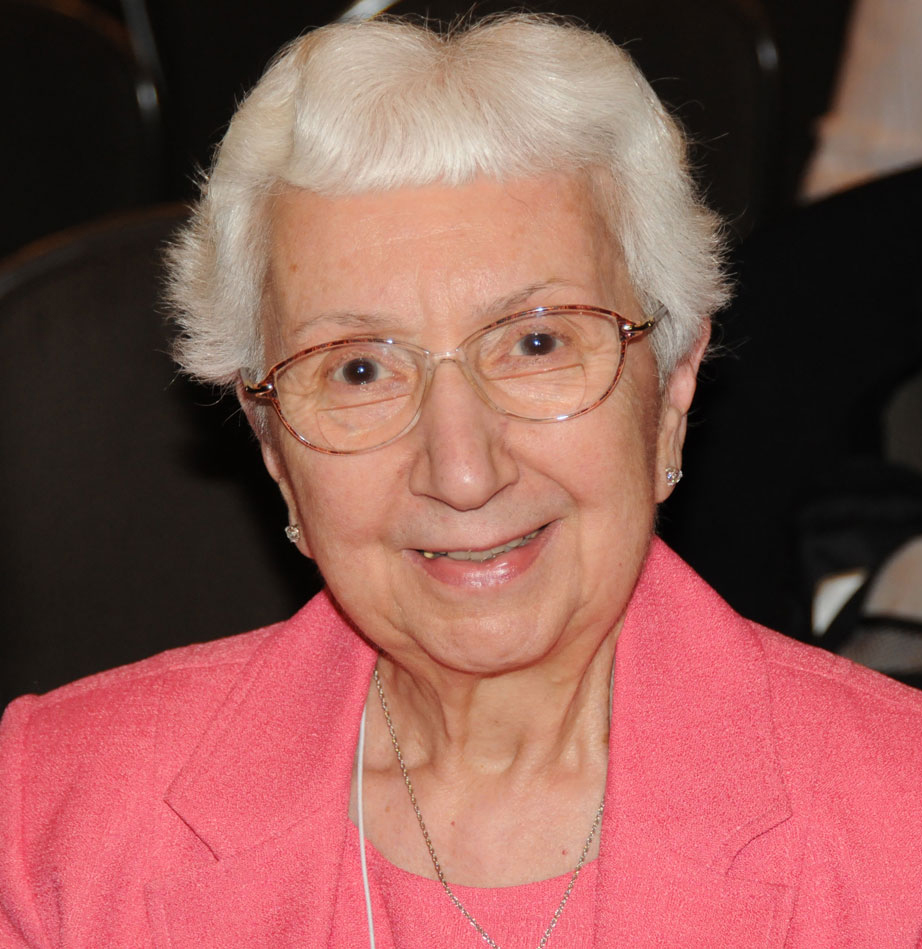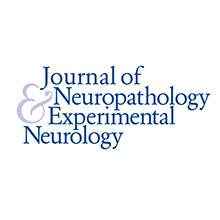Early History and Developmentof the Diagnostic Slide Session
|
|
List of Moderators |
|
|
O.T. Bailey |
1959 - 1967 |
|
Lucien Rubinstein |
1967 - 1974 |
|
Lucy B. Rorke |
1975 - 1981 |
|
Richard L. Davis |
1981 - 1994 |
|
E. Tessa Hedley-Whyte |
1994 - 2007 |
|
Anthony Yachnis |
2007 - 2013 |
|
Caterina Giannini |
2014 - 2025 |
|
Sandra Camelo-Piragua |
2026 - |
The “selection” of cases by the Moderator has never been defined. Early on it appears that Doctor Bailey seemed to have accepted all submitted cases, but as their number increased the moderator used his/her judgement to limit the cases to a number that could fit into the time available.
The numbers of slides needed for submission initially was quite small, 35 being the initial number. As demand increased, however, there was a call for more slide sets, and so the number gradually increased to 50, then 75, and ultimately to 150. With each increase there was lamentation that cases would be “lost”, i. e. not be available for presentation because of the amount of material available. Thus there was a need for methods to increase the availability of cases with only a small amount of pathologic material available, such as stereotactic biopsies and muscle biopsies. This was accomplished first by the addition of photographs of gross material and imaging studies, either as prints or as 35mm slides, and most recently by the use of “virtual slides" by the use of digital imaging techniques and modern computer and internet technology. Currently all of the protocols, including those of the unofficial original meeting, are on-line as well as virtual slides from 1967 onwards courtesy of Dr. Clayton Wiley, University of Pittsburgh.

(Dr. Clayton Wiley)
The presentation of the cases at the annual Diagnostic Slide Session (DSS) is virtually unchanged from the early years except for progression from 3.25 x 4 inch lantern slides, to 35mm slides to PowerPoint. The presenter, very often a young trainee, recites the facts of the case, shows such imaging studies as necessary, and then presents the pathologic findings, gross and microscopic, stopping short of a diagnosis. The case is then thrown open for discussion by the group at large. In recent times this most often consists of an audience of several hundred. Some of the discussants utilize their own illustrations and special stains/specialized studies to offer their diagnosis. Finally, the case presenter gives their final diagnosis illustrating any special techniques that had assisted in reaching their decision. A few references are presented if such are available. Even now some of the cases are presented because the presenter and the moderator do not know the answer and are looking to the membership for a diagnosis. The role of the Moderator is to keep the discussion flowing in a social manner and urge on input as needed.
Early on, there was no official connection to the AANP except for the fact that the DSS was held at the time of the annual meeting. In more recent years the DSS has become more closely integrated with the AANP. In June 2021, the DSS officially became a section of the AANP.
|
List of Managers |
|
|
Helena T. Riggs |
1959 - 1967 |
|
Kenneth Osterberg |
1967 - 1978 |
|
Raymond A. Clasen |
1978 - 1995 |
|
Leroy Sharer |
1981 - 2009 |
|
Mark L. Cohen |
2009 - 2014 |
|
Rebecca Folkerth |
2014 - 2021 |
|
Kathy Newell |
2021 - Present |
Governance of the DSS Until 2021
The small size of the management of the DSS and the manner of its evolution has led to a form of simple governance once described by Richard Davis to Tessa Hedley-Whyte as a “benign dictatorship”. The Moderator is the center of the management-governance structure, and essentially all decisions emanate from the holder of that position. The Manager is the co-governor but is subject to the Moderator. The Moderator selects the cases to be presented, arranges for their duplication in cooperation with the submitter, reviews and approves the protocols describing the submitted cases, distributes the duplicated slides to the subscribers and works with those who arrange for the scanning of the microscopic sections and placing the “virtual” material on line at the Association website. The Manager arranges for duplication and distribution of the protocols to the purchasers of slide sets. Additionally, the Manager handles the funding of the DSS, including the bank accounts, reception of orders for slide sets, and other income, and disburses the funds as appropriate. The Manager also is responsible for an annual audit of funds and reports the financial results to the Moderator and the Charter Member Group as well as to the Secretary-Treasurer of the AANP.
The Charter Member Group is an advisory group of approximately 20 persons, almost all of whom have been regular contributors to cases presented at the annual session. They are appointed for life by the Moderator, and are consulted by the Moderator and Manager about DSS business. They traditionally meet annually at an early morning breakfast on the day following the DSS. The succeeding Moderator and Manager are appointed by the current Moderator.
It has been the custom for many years for the DSS to contribute excess funds to the AANP, and the financial report of the DSS is incorporated into that of the AANP for tax purposes. In recent years the DSS has been folded into the AANP, but maintains its separate governance and management.
In 2021, the DSS has become a section within the AANP, with all operational functions managed by the DSS Officers and the advisory group of the Charter Members, subject to oversight and approval of the Executive Council. This revision of the Bylaws was approved by the Executive Council and Membership on May 3rd, 2021, via electronic vote. See: https://www.neuropath.org/dss-bylaws.
The Future
The Diagnostic Slide Session of the AANP has been one of the most successful case presentation modalities in American medicine, and has served as a model for numerous other such pathologic and clinical presentation modes both in the western hemisphere and in Europe. Its consultative origins are still useful, but the value of the sessions for teaching and wide dissemination of unusual and rare material is unmatched. Further it serves as a mechanism to introduce young trainees and faculty members to public presentation of case material and its discussion in an open forum as well as, often, the opportunity to publish such cases as early scientific contributions. Certainly its popularity as a public session at the AANP meetings continues unabated.





